
Retirement planning often starts with a number and a question: How long will it last? GoBankingRates crunched the numbers for $250,000 in savings, factoring in the average Social Security income and annual living costs across all 50 states. The results may surprise you, with precise estimates for how long the money holds out.
Alabama: 8.9 years

Retiring in Alabama stretches your savings thanks to a yearly cost of $50,995—about 12% below the national average. With tax-free Social Security benefits and a potential 3% cost-of-living adjustment (COLA), that $250K lasts nearly 9 years. It’s one of the most budget-friendly states in which to retire comfortably.
Alaska: 4.9 years

Between steep healthcare costs and an average annual spend of $73,082, Alaska drains retirement funds quickly. Then again, there’s no state income tax, and residents benefit from the Permanent Fund Dividend, estimated at $1,300 per person. That offers some relief, but not enough to push past 5 years.
Arizona: 6.1 years

Arizona’s sunny climate draws retirees, with over 19% of its population aged 65 or older. Even though annual costs sit around $63,600, and Social Security is partially taxed, its popularity isn’t fading. In 2022, upward of 23,000 seniors aged 60+ moved here, making it a top retirement destination.
Arkansas: 8.8 years

This state stretches your dollar with an annual average cost of $51,169 and some appealing tax perks. Social Security benefits aren’t taxed, and homeowners aged 65+ qualify for a $500 homestead property tax credit. With housing well below national prices, Arkansas keeps retirement costs manageable for nearly 9 years.
California: 4.4 years

Expect short mileage on your $250K in California, with yearly spending averaging $78,864—among the nation’s highest. Retirees get a 2% COLA and access to top-tier health services, but high costs mean you’d need over $1.4 million for a 25-year retirement in this state. It’s beautiful but expensive.
Colorado: 6.4 years
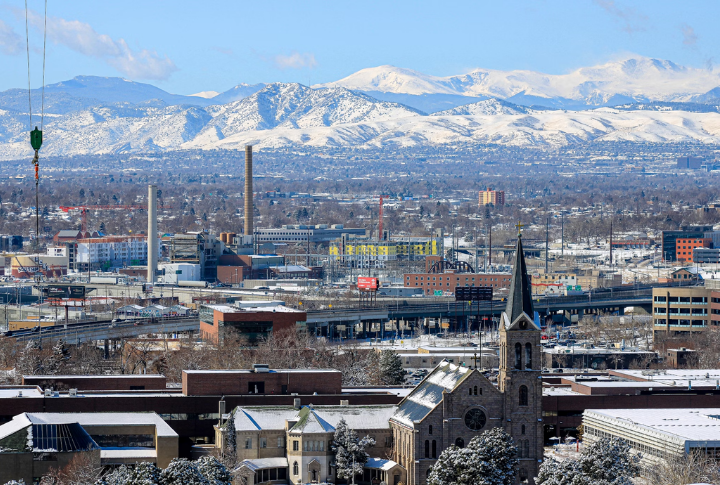
Colorado mixes city perks with outdoor charm, drawing retirees who can afford it. Annual spending hits $61,807—above average—and healthcare here isn’t cheap. That said, lower property taxes ease the budget a bit. At that rate, $250K gives you more than 6 years to work with.
Connecticut: 5.8 years
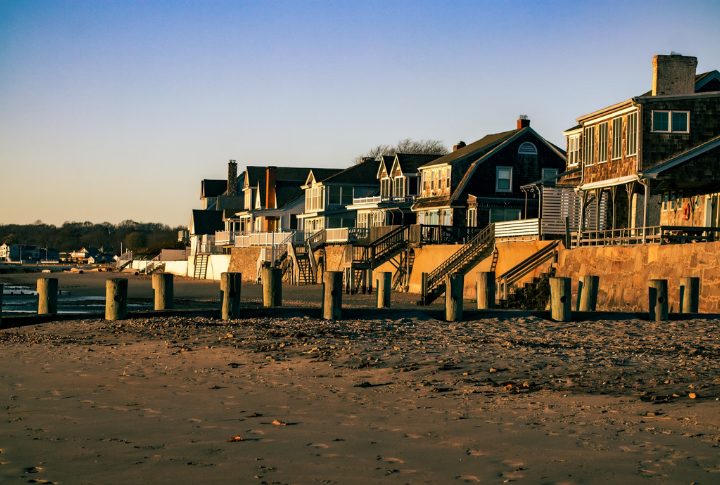
High housing and medical costs push Connecticut’s yearly average to $65,855. While the state eases the load by exempting Social Security from taxes, it’s still a pricey place to retire. That said, healthcare ranks as one of the best, so it’s ideal if health quality is your top concern.
Delaware: 7.0 years
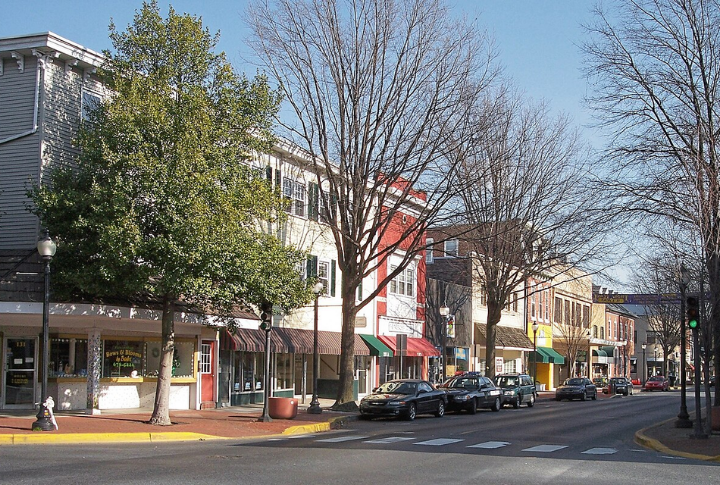
No sales tax, no Social Security tax, and low property taxes make Delaware an unexpectedly solid pick for seniors planning to retire. Annual expenses average $58,281, making it affordable. More than 1 in 5 residents in the state are over 65, and it’s easy to see why.
Florida: 7.0 years
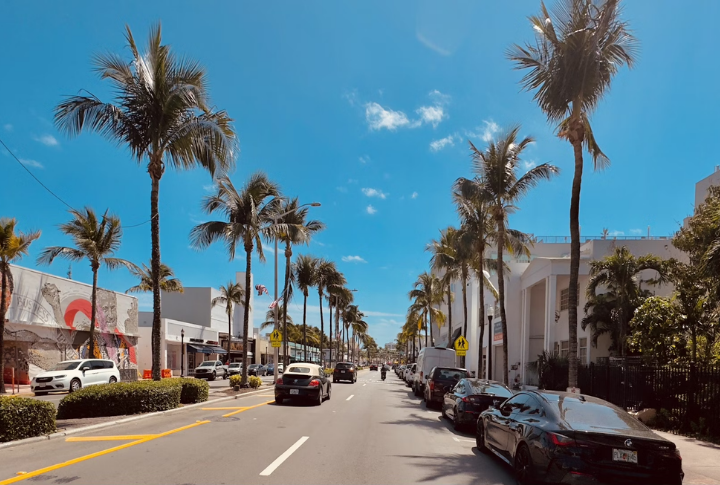
The state’s reputation as a retirement haven remains firmly in place. With a $58,396 yearly cost and no state income tax, retirees can stretch their savings over 7 years. Over 21% of Florida’s population is 65+. While long-term care can cost more, the warm climate keeps folks coming.
Georgia: 8.4 years

Social Security is untaxed in Georgia, and seniors also get a break on property taxes. The average annual cost is $52,557. Add lower-than-average assisted living costs, and older residents can stay comfortably afloat for over 8 years. It’s a reliable value choice for those watching their budget.
Hawaii: 3.0 years

Living your golden years in paradise comes at a steep price. With an average annual spending of $103,610, Hawaii ranks as one of the most expensive states. Housing and utilities top the charts, and healthcare costs add to the squeeze. Your $250K savings last only 3 years.
Idaho: 7.2 years

Idaho ranks 32nd in living costs, with an annual average of $57,240. Seniors benefit from property tax reductions, which help offset those expenses. While scenic recreation keeps the state popular, the modest price tag allows retirement dollars to stretch a bit longer—just over 7 years on $250K.
Illinois: 8.1 years

With yearly expenses at $53,077 and Social Security benefits left untaxed, the state’s flat 4.95% income tax rate doesn’t bite as hard. Happily, the cost of living sits 8% below the national average. Factor in affordable housing, and savings can cover more than 8 years.
Indiana: 8.3 years

Retirees in Indiana enjoy below-average costs—$52,672 per year—alongside low property taxes. There’s also a helpful 13th check for public retirees, adding a layer of financial security. These perks give Hoosiers a solid runway, with $250K in savings lasting roughly 8.3 years.
Iowa: 8.5 years

Price accessibility holds steady for retirees in Iowa, where annual costs average $51,978 and living expenses run 32% below the national norm. Nearly 1 in 5 residents are 65 or older, and access to outdoor activities and scenic drives allows those dollars to go a bit further.
Kansas: 9.0 years

Retirement savings have more breathing room when annual costs average $50,533. Kansas remains one of the most affordable states for older adults, with housing prices significantly below the national median. Add in the absence of Social Security taxes, and $250K comfortably covers 9 full years of post-work life.
Kentucky: 8.0 years

A $250K nest egg holds for 8 solid years in Kentucky, where retirees receive a 1.5% COLA on state pensions to help ease inflation pressure. Yearly expenses total $53,886, and low property taxes reduce the financial strain, making retirement more manageable in the Bluegrass State.
Louisiana: 8.4 years
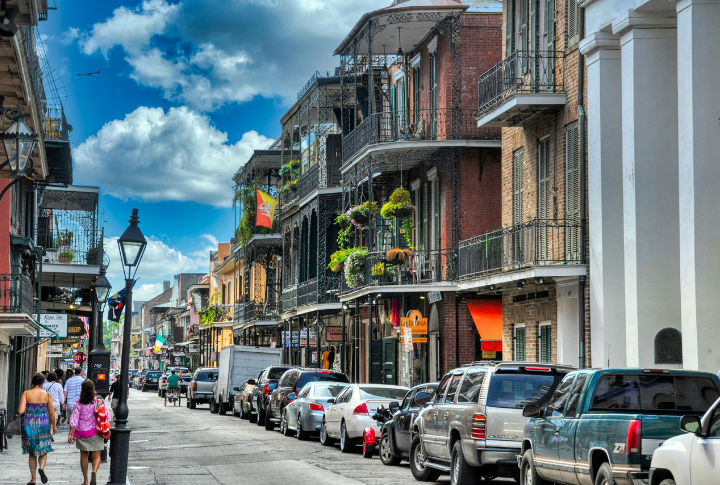
Low housing costs and a high Medicare acceptance rate help make Louisiana an affordable retirement option. Annual spending averages $52,441, and the overall cost of living stays on the lower end. That combination pushes your $250K savings to stretch over 8 years without requiring major cutbacks.
Maine: 6.0 years
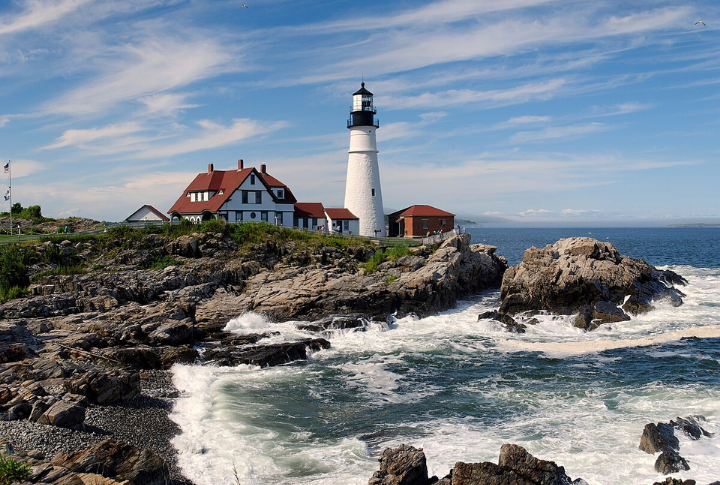
Higher living expenses bring Maine’s yearly average to $64,005, trimming retirement savings to 6 years. Even then, Social Security benefits aren’t taxed, and property tax relief is available for residents aged 62 and older. If you plan your budget carefully, it’s a scenic state with value.
Maryland: 5.7 years
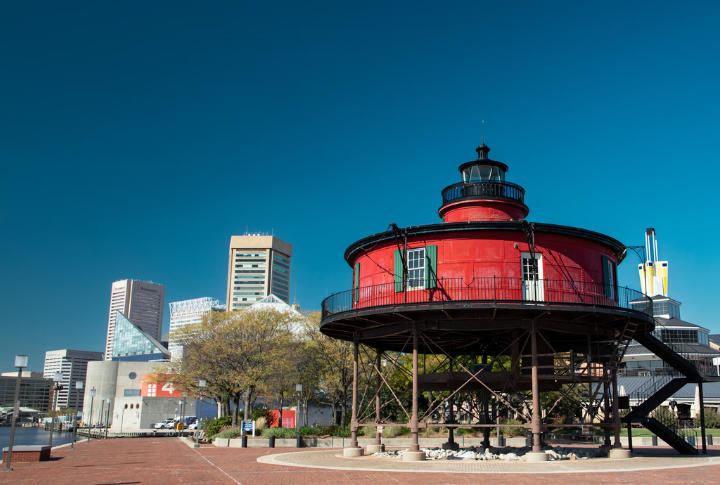
Planning becomes essential, given that the cost of living is 13% above the US average. Annual expenses reach $66,375, although a 2.949% COLA helps some. Fortunately, retirees gain peace of mind through access to top-tier medical care, which balances the high living costs in Maryland.
Massachusetts: 3.9 years

With annual expenses reaching $85,571, Massachusetts is one of the costliest retirement states in the country. The 3% COLA offers some relief, but housing and healthcare costs make budgeting tough. Retirees in the state benefit from top-ranked medical care—but $250K won’t go far in this high-cost environment.
Michigan: 8.4 years

Social Security benefits aren’t taxed in Michigan, giving retirees extra financial wiggle room. Yearly expenses average $52,614, and living costs are 10% below the national norm. A 2.5% Social Security increase adds a helpful bump, allowing retirement savings to go further in a relatively affordable environment.
Minnesota: 7.8 years
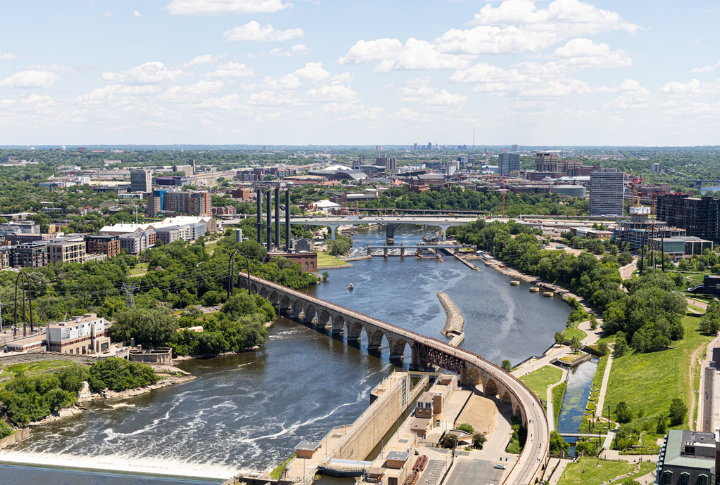
The cost of living varies across Minnesota. With urban areas driving up expenses, annual retirement costs average $54,580. Fortunately, the state provides property tax relief for seniors and generous pensions—especially for teachers and public safety workers. Combined, these benefits help savings last through nearly 8 years of retirement.
Mississippi: 9.1 years

A 2.5% boost in Social Security benefits helps cover inflation, allowing $250K to last well over 9 years with careful planning. That financial edge pairs well with Mississippi’s low annual costs—just $50,128—and high Medicare acceptance, giving seniors solid value throughout their later years.
Missouri: 8.8 years

Missouri’s annual retirement cost is $51,053, well under the national average. Low property taxes and a 2.359% COLA help maintain retirees’ spending power. These perks stack up quickly, allowing savings to cover nearly 9 years of retirement without significant lifestyle sacrifices.
Montana: 6.8 years

Daily spending in Montana averages $59,610 a year, but the lack of a sales tax helps keep costs manageable. Housing here remains below the national median, with rent notably lower. Ranked as the 34th most expensive state, Montana lets retirees stretch $250K over nearly 7 years of living.
Nebraska: 8.4 years

Nebraska retirees can expect yearly expenses of around $52,614, which lets their savings go further. Healthcare is manageable, with insurance premiums running lower than average. While the state’s effective property tax rate is high at 1.63%, Nebraska still gives retiree residents a financial edge for 8 years.
Nevada: 7.0 years

No state income tax makes Nevada appealing to retirees looking to keep more of their money. Annual living costs are $58,454, slightly above the national average. Cities like Mesquite, where 41% of the population is retired, reflect the state’s senior-friendly vibe. Expect $250K to last around 7 years.
New Hampshire: 5.6 years

While retirement income—including Social Security—isn’t taxed in New Hampshire, high property taxes drag the state’s affordability down. The yearly spending is $66,838, making it challenging for modest budgets. Still, retirees with state pensions may see a COLA, offering more breathing room in their budget.
New Jersey: 6.1 years

This state ranks among the best for Social Security benefit payouts and COLA size, thanks to higher median incomes. However, $250K goes quickly, with annual spending at $63,773 and property taxes among the highest in the country. Despite those income-based advantages, New Jersey remains a costly choice for retirees.
New Mexico: 7.9 years

With $250K in savings, retirees find that New Mexico offers solid value. Yearly costs average $54,291 and many towns have low housing prices. The state applies a 1.8% COLA to help offset inflation. Altogether, it’s a practical choice in the high desert for wallet-conscious retirement living.
New York: 4.9 years

Sky-high living expenses push New York’s annual average to $73,140, especially in urban centers like NYC. A modest 1.2% COLA provides some relief, and healthcare ranks among the best. Still, it’s a costly place to grow old, with $250K covering fewer than 5 years of retirement costs.
North Carolina: 7.6 years

Living here costs about $55,621 a year, placing North Carolina near the national middle. Housing is relatively affordable, with lower mortgage costs easing the load. Medical care is strong across the state, and its overall affordability lets $250K last more than 7 years, without cutting too many corners.
North Dakota: 7.9 years

A $250K budget holds up well in North Dakota, where the annual cost of living averages $54,522, and healthcare is widely accessible. Roughly 16% of the population is 65 or older, adding to the state’s appeal for those seeking affordability without sacrificing essential services.
Ohio: 8.2 years

At $53,308 per year, living costs align with Ohio’s reputation as an economical retirement option. Healthcare is reasonably priced and a 2.9% COLA helps preserve buying power. Ohio is reliable for stretching savings, with $250K supporting over 8 years of comfortable retirement living.
Oklahoma: 9.1 years

Oklahoma stands out as a smart pick for seniors, thanks to low property taxes and a generally manageable cost of living: annual expenses average $50,186. Retirees in the state may also receive a 2% COLA, giving budgets more flexibility. It’s one of the least expensive states to age in.
Oregon: 5.7 years

Skipping sales tax allows retirees in Oregon to manage increased everyday costs. Living expenses hit $66,317 annually, and the state has a relatively high living wage benchmark. A 2% COLA provides some inflation protection, but the high baseline cost still makes retirement more expensive in this Pacific Northwest state.
Pennsylvania: 7.8 years

Pennsylvania offers Social Security and pension income tax exemptions, helping retirees keep more of their money. The yearly cost of living is $54,811, and healthcare facilities are high quality. For many, that balance of affordability and medical access makes Pennsylvania a solid retirement location.
Rhode Island: 5.9 years

Annual expenses in Rhode Island average $64,756. It’s on the high end, but retirees in the state receive a 2.89% COLA, providing a buffer against inflation. Property taxes are steep, which can challenge fixed budgets. Even so, the state remains competitive in retirement benefits for older residents.
South Carolina: 7.9 years

Social Security income isn’t taxed and seniors can apply for a $50,000 home value exemption to reduce property taxes. With yearly costs at $54,522, the state stays within reach for many. Combined with warm weather, its budget-friendly appeal keeps drawing retirees seeking a sunny place to settle.
South Dakota: 8.2 years

South Dakota combines low living costs with tax-efficient policies. There’s no state income tax and annual expenses are $53,077. Housing remains affordable and retirees often benefit from strong local community support. These practical perks make it one of the more sustainable places for stretching fixed-income savings.
Tennessee: 8.5 years

Tennessee’s advantages include accessible housing and no state income tax. At $52,267 per year, it ranks among the lowest-cost states for retirees. Social Security and pension income are tax-free, and the overall cost of living falls among the nation’s lowest 10. That adds up fast.
Texas: 8.0 years

Living in Texas means skipping state income tax, which helps preserve retirement funds. The yearly spending average is $53,771. Several retirement-friendly cities throughout the state keep expenses low, with some costing as little as $1,200 per month. It’s a popular option for budget-conscious seniors.
Utah: 6.6 years

Utah’s annual spending averages $60,420. While healthcare is relatively affordable here, the state taxes Social Security and other retirement income. The cost of living ranks slightly below average overall, but taxes may limit how far savings stretch compared to other low-tax states.
Vermont: 5.7 years

Vermont is pricier for retirees, with property taxes on the higher end and a cost of living averaging $66,433 per year. Still, over 20% of its population is 65 or older, drawn to the state’s quiet pace and natural beauty. Careful planning is essential to managing expenses here.
Virginia: 6.9 years

Regional differences shape Virginia’s retirement costs, with Northern Virginia pricing higher than elsewhere—the statewide average hits $58,627 annually. Property taxes stay moderate, which helps homeowners and retirees benefit from high-quality healthcare. It’s a state where balancing location with budget can make all the difference.
Washington: 5.6 years

Despite having no state income tax, Washington ranks high in cost of living, averaging $66,895 per year. Retirees face a 13% higher expense load than the national average. On the upside, part-time work is supported by a strong economy, and essential services remain readily available.
West Virginia: 9.4 years

At just $49,261 a year, West Virginia’s retirement costs are among the lowest in the country. Property tax relief programs are available; more than 21% of the state’s population comprises seniors. This Appalachian state delivers dependable value for those who manage savings wisely without sacrificing comfort.
Wisconsin: 7.7 years

Affordable healthcare and a cost of living below the national average make Wisconsin a reasonable retirement choice. Annual expenses are $55,158. The state also ranks high for medical care, giving retirees peace of mind alongside budget stability. It’s a strong middle-ground option for fixed-income seniors.
Wyoming: 8.0 years

Wyoming’s financial appeal includes no state income tax and a cost of living that stays below the national average. Yearly spending sits at $53,886. More than 15% of residents in the state are 65 or older, creating a senior-friendly environment that doesn’t place a heavy strain on retirement funds.
